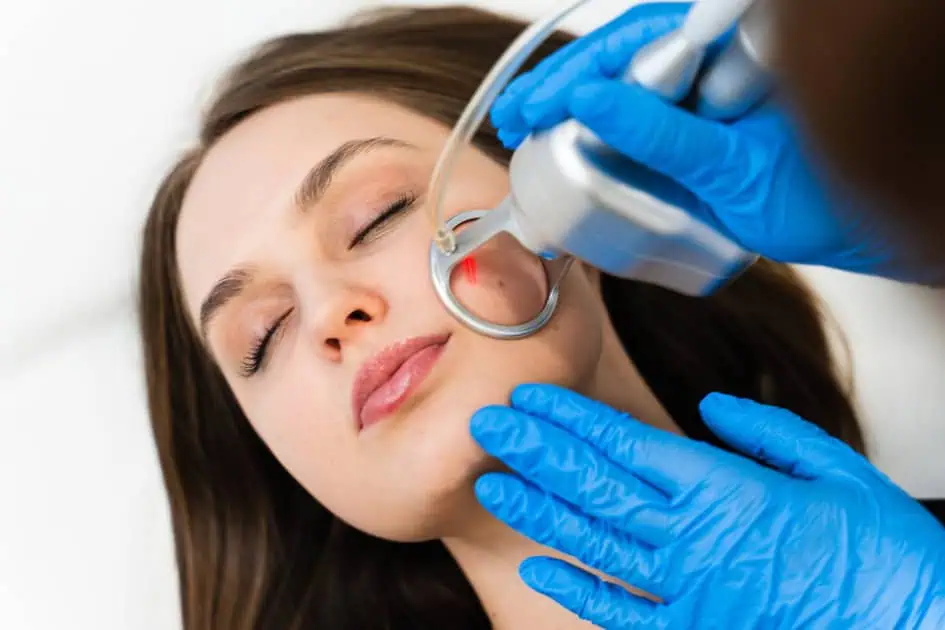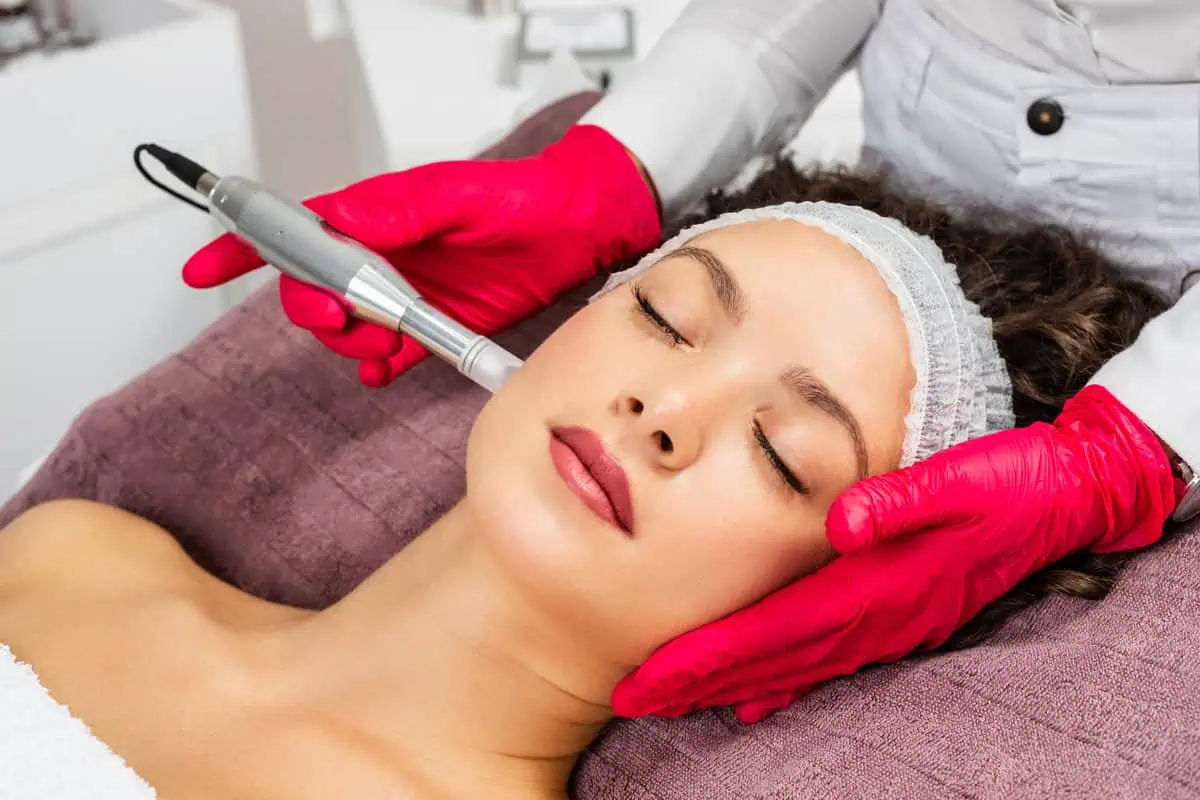Introduction
In the ever-evolving field of aesthetic medicine, regenerative therapies have emerged as groundbreaking treatments for skin rejuvenation and repair. These innovative approaches harness the body’s natural healing processes to restore and revitalize skin, offering patients a natural alternative to traditional cosmetic procedures. At DMC Aesthetics in Tucson, AZ, we specialize in cutting-edge regenerative medicine treatments to help you achieve refreshed, youthful-looking skin. In this article, we’ll explore five crucial aspects of regenerative therapies that every patient should know before considering these revolutionary treatments.
1. Understanding the Basics of Regenerative Medicine
What Are Regenerative Therapies?
Regenerative medicine is a field that focuses on using the body’s healing mechanisms to repair and regenerate damaged tissues. In aesthetic medicine, regenerative therapies aim to stimulate the production of new cells, collagen, and elastin to improve skin texture, tone, and overall appearance.
How Do Regenerative Therapies Work?
Regenerative therapies introduce specific substances or stimuli that trigger the body’s natural repair processes. These treatments can involve:
- Injecting growth factors and proteins derived from your blood
- Stimulating collagen production through various techniques
- Delivering essential nutrients directly to the skin
Regenerative therapies activate these natural processes and can address a wide range of skin concerns, from fine lines and wrinkles to uneven texture and loss of volume.
2. Types of Regenerative Therapies Offered at DMC Aesthetics
At DMC Aesthetics, we offer several state-of-the-art regenerative treatments to help our patients achieve their skincare goals. Here are some of the options available:
Collagen Stimulators
Collagen stimulators are injectable treatments that work by triggering the body’s natural collagen production. These treatments can help:
- Restore volume to areas of the face that have lost fullness
- Improve skin texture and firmness
- Reduce the appearance of fine lines and wrinkles
The effects of collagen stimulators typically develop gradually over several months as your body produces new collagen, resulting in natural-looking, long-lasting improvements.
PRP and PRF Treatments
Platelet-Rich Plasma (PRP) and Platelet-Rich Fibrin (PRF) are advanced regenerative treatments that use components of your blood to rejuvenate the skin. Here’s how they work:
- A small amount of blood is drawn from your arm
- The blood is processed to concentrate platelets and growth factors
- The resulting PRP or PRF is then injected or applied to the skin
These treatments can help:
- Improve skin texture and tone
- Reduce the appearance of fine lines and wrinkles
- Enhance overall skin quality and radiance
PRP and PRF treatments are versatile and can be used on various face and body areas.
Mesotherapy
Mesotherapy is a technique that involves injecting small amounts of vitamins, minerals, and other beneficial substances directly into the skin. This treatment can:
- Improve skin hydration and elasticity
- Promote cellular renewal
- Address specific skin concerns such as pigmentation or dullness
Mesotherapy can be customized to target your unique skincare needs, making it a versatile option for many patients.
3. Benefits and Potential Results of Regenerative Therapies
Regenerative therapies offer numerous benefits for patients seeking to improve their skin’s appearance and health. Some potential advantages include:
- Natural-looking results: These treatments can stimulate your body’s own regenerative processes, providing subtle, gradual improvements that look natural and harmonious.
- Minimal downtime: Many regenerative therapies require little to no downtime, allowing you to quickly return to your daily activities.
- Long-lasting effects: These treatments work by stimulating your body’s natural processes, so the results can often last longer than those of traditional cosmetic procedures.
- Versatility: Regenerative therapies can address a wide range of skin concerns and are often combined with other treatments for enhanced results.
- Customization: Your treatment plan can be tailored to your needs and goals, ensuring optimal results for your unique situation.
It’s important to note that results can vary from person to person, and multiple treatment sessions may be necessary to achieve optimal outcomes.
4. What to Expect During and After Treatment
During the Treatment
The specifics of your treatment will depend on the type of regenerative therapy you’re receiving. However, here’s a general overview of what you can expect:
- Consultation: Your provider will assess your skin and discuss your goals to determine the most appropriate treatment plan.
- Preparation: The treatment area will be cleansed, and if necessary, a topical numbing cream may be applied for your comfort.
- Treatment: Depending on the therapy, this may involve injections, microneedling, or the application of specialized serums.
- Post-treatment care: Your provider will give you specific instructions on how to care for your skin after the procedure.
Most regenerative treatments are relatively quick, often taking less than an hour to complete.
After the Treatment
Following your regenerative therapy session:
- You may experience some redness, swelling, or mild discomfort in the treated area. These effects are typically temporary and should subside within a few days.
- Your provider will give you detailed aftercare instructions, which may include temporarily avoiding certain skincare products or activities.
- You’ll likely be able to resume most of your normal activities immediately, although you may be advised to avoid strenuous exercise or excessive sun exposure for a short time.
- Results often develop gradually over weeks to months as your body’s natural regenerative processes take effect.
5. Choosing the Right Provider for Regenerative Therapies
When considering regenerative therapies, choosing a qualified and experienced provider is crucial. Here are some factors to consider:
- Credentials and training: Look for a provider with specific training and experience in regenerative medicine treatments.
- Technology and techniques: Ensure the clinic uses up-to-date technology and follows best practices in regenerative medicine.
- Customized approach: Your provider should offer a personalized treatment plan tailored to your unique needs and goals.
- Communication: Choose a provider who takes the time to explain the treatment process, potential results, and any risks involved.
At DMC Aesthetics, our skilled providers specialize in advanced regenerative therapies and are committed to delivering safe, effective treatments tailored to each patient’s needs.
Conclusion
Regenerative therapies represent an exciting frontier in aesthetic medicine, allowing patients to harness their body’s natural healing abilities for skin rejuvenation. By understanding the basics of these treatments, their potential benefits, and what to expect during and after the procedure, you can decide whether regenerative therapies are right for you.
If you’re interested in exploring the potential of regenerative medicine treatments for your skin care goals, we invite you to schedule a consultation at DMC Aesthetics in Tucson, AZ. Our expert providers will work with you to develop a customized treatment plan that addresses your unique needs and helps you achieve refreshed, youthful-looking skin. Contact us today to take the first step toward unlocking the power of regenerative therapies for your skin.









